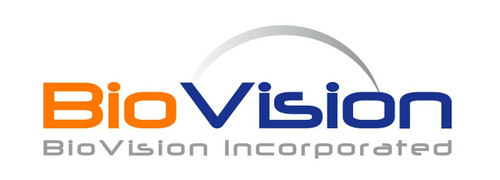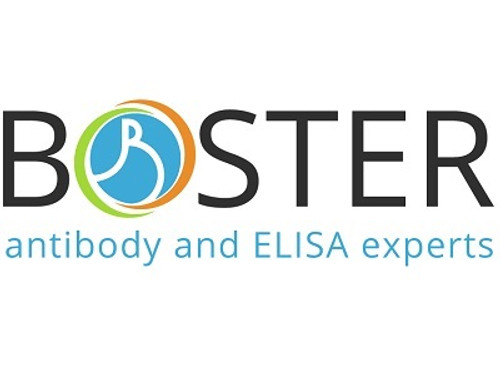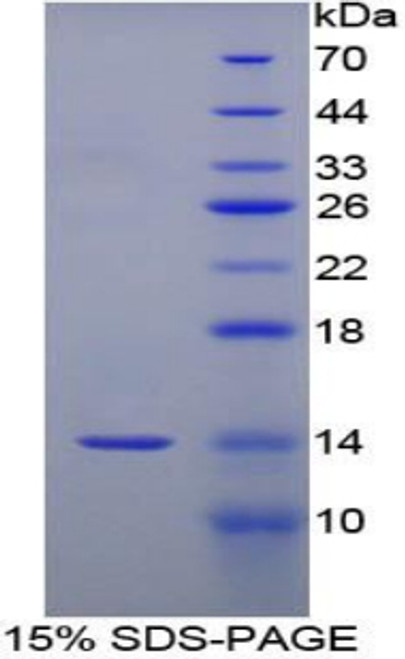Product Description
Human apo-SAA is a 104 amino acid polypeptide that circulates primarily in association with high-density lipoproteins (HDL). The level of apo-SAA, normally 1-5 µg/ml in plasma, increases 500-1000 fold within 24 hours of an inflammatory stimulus and, under these conditions, is the most abundant HDL apo-lipoprotein. The human SAA gene codes for a 122 amino acid polypeptide, which contains an 18 amino acid N-terminal signal sequence.
Biovision | 4324 | Apo-SAA human recombinant DataSheet
Biomolecule/Target: Apo-SAA
Synonyms: Serum amyloid A protein, SAA, Amyloid protein A, Amyloid fibril protein AA, SAA1, SAA2, PIG4, TP53I4, MGC111216,
Alternates names: Glioma-derived growth factor, GDGF, Osteosarcoma-derived Growth Factor, ODGF, PDGF-AB, Beta platelet-derived growth factor receptor, CD140 antigen-like family member B, Platelet-derived growth factor receptor 1
Taglines: A transient cholesterol-binding protein
NCBI Gene ID #:
NCBI Gene Symbol:
Gene Source: Human
Accession #:
Recombinant: Yes
Source: E. coli
Purity by SDS-PAGEs: 98%
Assay: SDS-PAGE
Purity: 98%
Assay #2: HPLC
Endotoxin Level: <0.1 ng/g
Activity (Specifications/test method): N/A
Biological activity: The ED as determined by the dose-dependent stimulation of thymidine uptake by BALB/c 3T3 cells is < 1 ng/ml, corresponding to a specific activity of >1 x 10 units/mg.
Results: 10-50 g/ml
Binding Capacity: N/A
Unit Definition: N/A
Molecular Weight: 25.5 kDa
Concentration: N/A
Appearance: Lyophilized protein
Physical form description: Lyophilized with no additives
Reconstitution Instructions: Reconstitute in 10 mM acetic acid to a concentration of 0.1-1.0 mg/ml. This solution can then be diluted into other aqueous buffers and stored at 4°C for 1 week or 20°C for future use.
Amino acid sequence: N/A
 Euro
Euro
 USD
USD
 British Pound
British Pound
 NULL
NULL








![Recombinant Human Apo-SAA Protein [E. coli] Recombinant Human Apo-SAA Protein [E. coli]](https://cdn11.bigcommerce.com/s-452hpg8iuh/images/stencil/500x659/products/670466/928309/logo__42078.1651665136__23372.1651683807.jpg?c=2)



